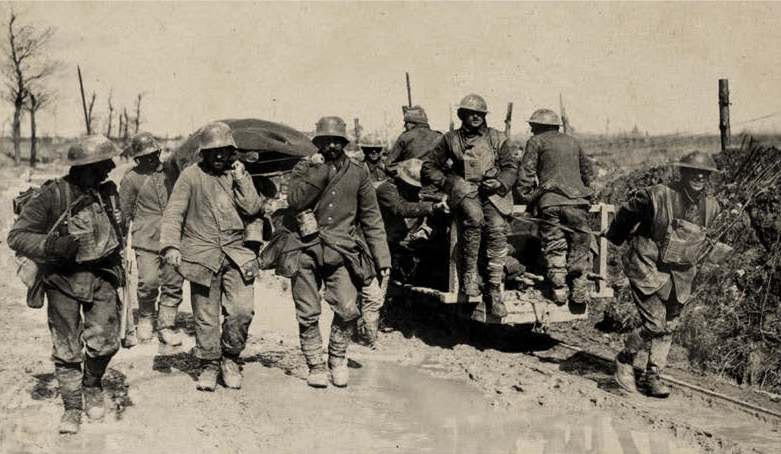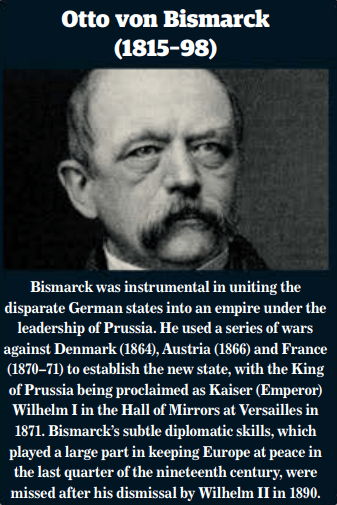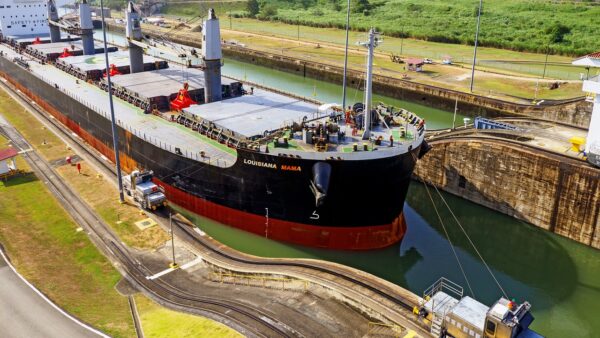World War 1 – SLIDE TOWARDS CONFLICT
The First World War: Shaping Our World
The single event that more than any other can be said to have shaped the world we live in is the World War 1. The Second World War grew out of the World War 1. It was not “given” that a second world war would break out, but the unresolved issues from 1914–18 made it more plausible. The First World War was so widely fought that nearly no region was unaffected, either directly or indirectly. Great empires organized their resources to wage a comprehensive war.
Soldiers
Soldiers came from tropical North Queensland and West Africa to fight for Britain and France against Germany in Belgium. Vietnamese, Chinese, and South African laborers were brought to work on the Western Front. Men from the far reaches of the Russian and Austro-Hungarian Empires battled each other in the Carpathians. The war continues to affect us. In Britain, opinion is sharply polarized between those who see the war as a monstrous tragedy which should never have happened, and those who agree it was a tragedy but say that it was not of Britain’s making and Britain had no choice but to get involved.

For French and Germans, it was a continuation of the 1870 war, ending in 1945. An Australian, New Zealander, or Canadian would see it as the period when their countries started to escape from the mother country’s protecting wing; an American might see it as the occasion when the USA fully entered the international scene.
Citizens
Citizens of states such as Poland, the Czech Republic and Latvia can look back to 1914–18 as the beginning of, in some cases an extremely prolonged, process of achieving national self determination. Modern Middle East’s volatility stems from British and French interference after the Ottoman Empire’s fall. The First World War left behind Soviet Communism, German Nazism, and Italian Fascism.
Ideologies
People arguing for and against the war’s generals continue to spark fervent disputes.

Although for quite different reasons, Haig and Pétain continue to be divisive characters, and historians continue to argue about the merits of Conrad, Foch, French, Pershing, Brusilov, Kemel, Joffre, Currie, and Monash as commanders. But the average soldier is increasingly taking center stage. And we should not forget the civilians – women, older men, and children – whose support for the war was critical. As historians are increasingly realizing, home front and battle front were closely intertwined. I hope it provides readers with some understanding of the problems involved, the conflicts, methods, and tactics used, as well as the lives of those who were present.
SUN 28 JUN 1914 – TUE 04 AUG 1914
The origins of the World War 1
The developments that propelled Europe into war in 1914 happened quickly. Young Serb Gavrilo Princip killed Archduke Franz Ferdinand of Austria-Hungary on June 28. Serbia was at the center of Austria’s declaration of war against it over the murder. And by 5 August the major states of Europe were at war.

The immediate trigger for the First World War was thus rivalry between states in the Balkans. Russia backed Serbia, the latter state posing as the protector of the Serbs in the polyglot Habsburg Empire. Austria, backed by Germany, risked Balkan war to safeguard regional influence, defying Russia’s warning. The threat to Russia’s security and reputation caused it to deploy its forces first, then Germany and France, which has been an ally of Russia since 1892.
Britain entered the war on August 4 as a result of the German onslaught on Belgium. Many people now believe that the war was almost unintentionally started when governments stumbled into a conflict they didn’t want to be in. However, there were wider issues at play. The German defeat of Napoleon III’s France in 1870-71 had broken the established international balance of power.
Otto von Bismarck
However, Germany, under Otto von Bismarck’s “Iron Chancellor” leadership, decided to live within the new scenario it had created, avoid endangering its neighbors, and keep France isolated despite its steadily growing economic dominance. All this changed when the young and mentally unbalanced Kaiser Wilhelm II came to the throne in 1888.

The system of treaties that the Chancellor had painstakingly crafted to defend Germany started to fall apart when Wilhelm fired Bismarck in 1890. Wilhelm’s bellicose Weltpolitik (world policy) led to diplomatic encirclement, having thoroughly frightened Britain, France and Russia.In 1904, Britain shifted policy, forming an Entente, not a formal alliance, with France and Russia. By 1914, Germany had backed itself into a corner. Many historians agree Germany took advantage of the situation in the Balkans to attempt to break up the Entente.
Prelude to Catastrophe
Others argue that Germany actually desired and planned for war. Russia, defeated by the Japanese in 1904–05, was rapidly rebuilding its military strength. Some of the German élite favored a war to prevent it from re-emerging as a rival.
At the very least, the ambitious programme of annexations and the creation of de facto economic colonies across Europe that was drawn up by Germany shortly after the Russo-Japanese War began indicates that it was willing to take advantage of the opportunity to undertake aggressive expansionism. Likewise, there was nothing accidental about Austria-Hungary’s decision to crush Serbia. The Austrians, excluded over the previous century from spheres of influence in Germany and Italy, believed that they could not afford to be marginalized in the Balkans.

Countering nationalism in the Habsburg Empire was appealing to prevent internal decay. While arms races themselves do not directly cause wars, the military competition preceding 1914 heightened the sense of an impending crisis, contributing to the outbreak of the First World War.
Naval Rivalry

The Anglo-German naval rivalry was particularly dangerous. Britain’s primary defence force was the Royal Navy. The German fleet-building programme initiated under Admiral Tirpitz posed a direct threat to the security of the British homeland and the British Empire. In response, the British drew closer to France and Russia and, in 1906 launched HMS Dreadnought.
This revolutionary new battleship, the brainchild of Admiral Sir John “Jacky” Fisher, was superior to anything else afloat. It forced the Germans to respond, ratcheting the naval race to a new more dangerous level. Domestic politics were also significant. Accused: Grey, British Foreign Secretary, failed to deter Germany with weak signals. Yet his hand was weakened by the unwillingness of many of his Liberal colleagues in the Cabinet to contemplate war.
In France, Germany’s decision to seize the province of Alsace and Lorraine in 1871 caused lasting resentment. The Social Democrats’ rise alarmed the Imperial government, possibly fueling a desire for war. Above all, a pan-European current of militarism, and a general belief in Social Darwinism. The idea that the survival of the fittest applied to nations and peoples – led to a febrile atmosphere in which resorting to war to settle disputes came to be seen as natural and acceptable. Article 231 of the 1919 Treaty of Versailles blamed Germany and its allies for the outbreak of the war.


Originally posted 2023-10-11 10:55:00.




